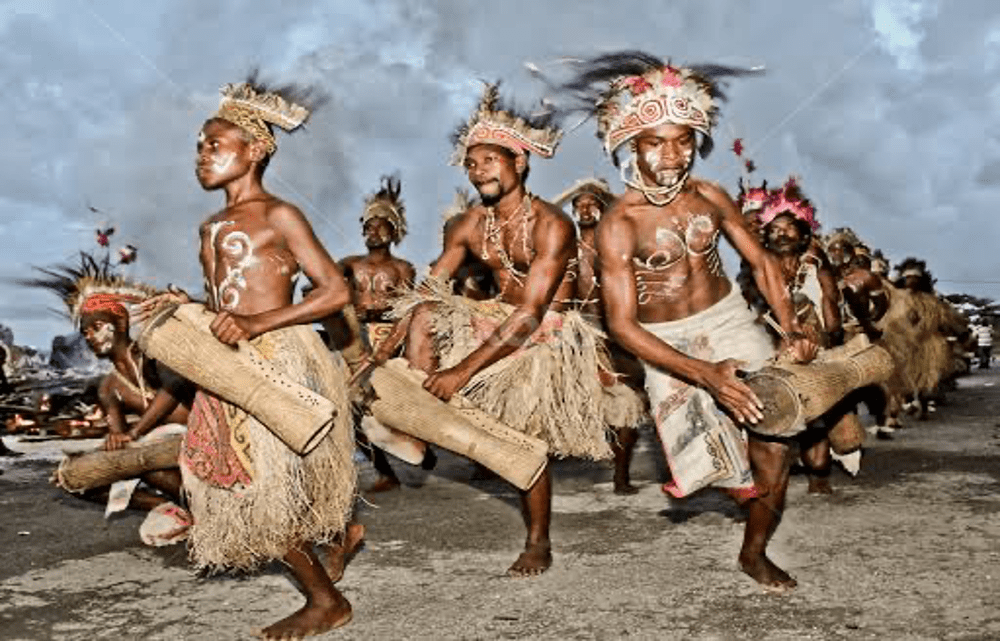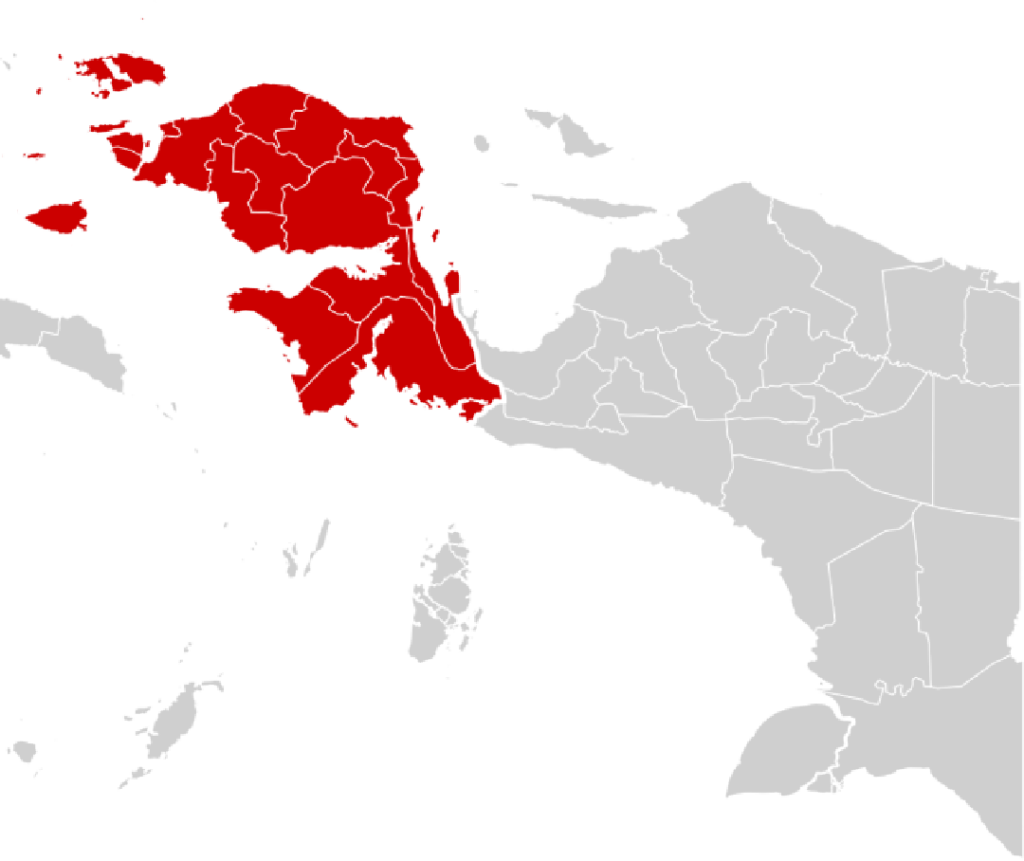South Papua, a region rich in cultural diversity, faces various social dynamics in this modern era. The region is inhabited by diverse tribes with unique traditions and customs, such as the Marine, Asmat, and Muyu tribes. The cultural identity of the people of South Papua is formed from a complex interaction between their natural environment, history, and traditional beliefs.
Each tribe in South Papua has unique cultural characteristics. The Marind tribe, for example, is known for its Marind-Anim tradition, which is rich in carving and religious rituals. The Asmat tribe is famous for their internationally recognized expertise in wood sculpture. Meanwhile, the Muyu tribe has a strong oral tradition with folktales passed down through generations.
This cultural identity is not only seen in art and rituals but also social structures and community relations. Indigenous people in South Papua live in a close-knit kinship system, with high values of cooperation and solidarity. They also have an animist belief system that connects daily life with nature and ancestral spirits.
However, modernization and globalization have brought significant changes to the social life of the people of South Papua. The government’s vigorous development of infrastructure, education, and health has changed many aspects of traditional life. For example, the influence of modern education has begun to change the younger generation’s views on customs and traditions. Many young people have begun to leave their hometowns to seek work or education in big cities.
In addition, the introduction of technology and mass media has accelerated the process of social change. Access to global information has made the people of South Papua more connected to the outside world, but it also presents challenges in maintaining their cultural identity. Outside cultural influences often conflict with existing traditional values and practices.
Nevertheless, many efforts are being made to preserve the culture and traditions of South Papua. The government and various non-governmental organizations are working with indigenous communities to document and promote their culture. Cultural festivals, such as the Baliem Valley Festival and Asmat Festival, are important events to showcase South Papua’s rich culture to the world.
Education is also key to cultural preservation. Schools in South Papua are starting to include local content in their curriculum, teaching children local languages, traditional dances, and local history. In this way, the younger generation can better appreciate and understand their cultural heritage.
South Papua’s cultural identity is the result of a long journey of history and interaction with the natural environment. Social changes brought about by modernization are inevitable, but cultural preservation efforts must continue so that the richness of traditions and customary values is not lost. Through education, documentation, and cultural promotion, the people of South Papua can face the challenges of change while maintaining their unique identity.
This anthropological analysis shows that culture is not something static, but dynamic and always evolving. Therefore, all parties need to work together to maintain and develop South Papuan culture as part of the nation’s precious heritage.


